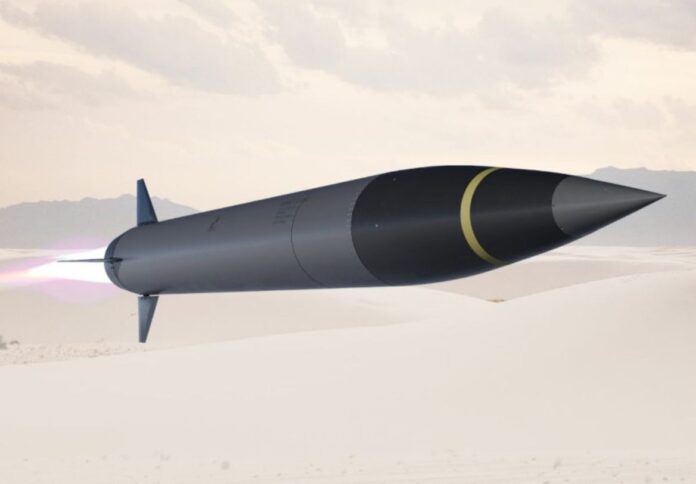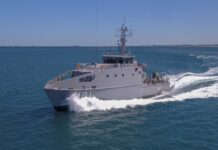
Raytheon Technologies is collaborating with Northrop Grumman to advance the US Army’s Long Range Maneuverable Fires Program, which will become Precision Strike Missile (PrSM) Increment 4.
Raytheon and Northrop Grumman will work together to further innovate the program’s design, which is equipped with advanced technology as a key enabler for extending range, as well as enhancements for survivability and lethality.
As part of their partnership, the two companies will co-design, build, and test the propulsion subsystem for DeepStrike-ER, an advanced missile solution that will demonstrate the capability to achieve the Army’s desired range and effectiveness against next-generation threats.
“Our experience in developing the most sophisticated missile technologies in the world uniquely positions Raytheon to partner with the Army to address this high-priority modernization program,” said Tom Laliberty, president of land warfare & air defence, at Raytheon Technologies.
“This legacy, coupled with our creative partnerships to bring together proven technologies, enables us to deliver a superior solution that meets or exceeds the requirements for the critical long-range precision fires mission,” Laliberty added.
Developed in collaboration with the Australian Defence Force, PrSM is the US Army’s future long-range precision strike missile, offering improved capabilities over the Army Tactical Missile System to engage a variety of threats with cutting-edge range and accuracy.
According to Northrop, the missile, which is being procured and developed in four increments addressing specific operational requirements, has been tailor-made for integration into currently fielded Army platforms.
“Northrop Grumman’s ongoing investment in new propulsion technologies and infrastructure support the growing need for efficient and effective missile systems,” said Jim Kalberer, vice president of missile products at Northrop Grumman. “Our mission-tailored solution will include advanced propulsion technology and key components designed to increase capacity within the launch system and achieve optimal range extension.”



















